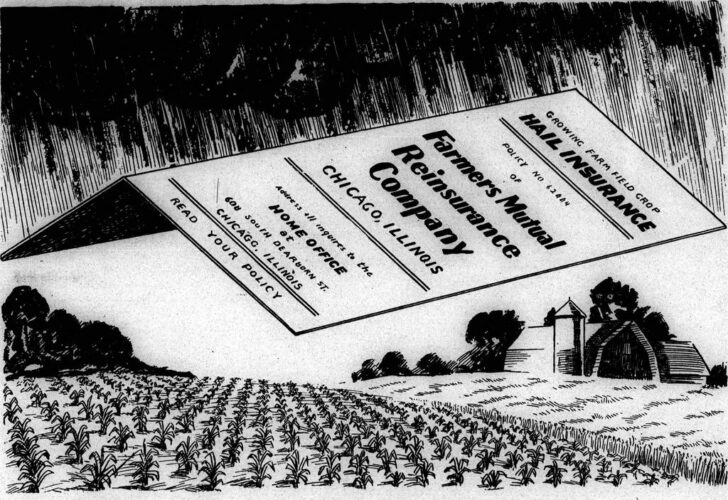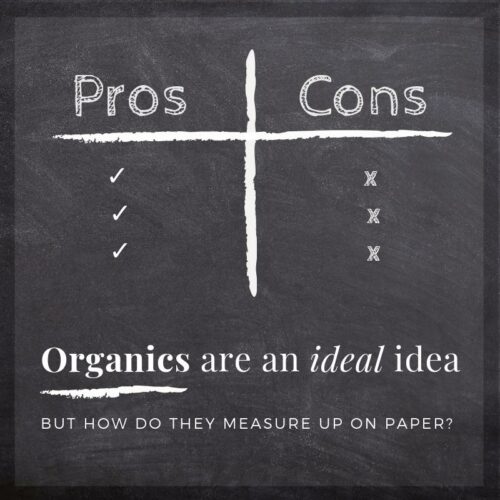Farmers finding alternate methods of reducing the risks of yield failure
Farming has changed dramatically in the near 50 years that I’ve been involved with it. At age 4 I started driving the tractor, idled right down in first gear, hauling a wagon while my father loaded straw bales by hand. I’m the king of telling my kids “when I was your age….”! During my childhood year, in the 60s and 70s farm size were a section, give or take a couple of quarters, all quite closely grouped together. This was an advantage in some ways as it cut down on fuel costs of transporting grain and bales from distant fields to the farmyard. The disadvantage of close proximity was that if a bad storm hit, like heavy hail, it tended to hit all of a farmers land. For this reason, crop insurance was very common with farmers.
Why scale can help reduce risk & insurance
In recent research on informal farm networks, I’ve learned that crop insurance is falling to the wayside for some larger farmers. Larger farms are starting to reduce their use of crop insurance through the size of their operation. Forty years ago, the average farm size was 600-1,000 acres, now there are a lot of farms in the 5,000-7,000 acre range. Farmers operating at this scale, no longer have their land in a small, tight postage stamp of a geographical area. Instead, their land could be spread out over 30 miles or more in each direction. When fields are dispersed this widely, if a heavy storm hits, it might damage 400-600 acres, but not the entire operation. While it isn’t always convenient, the geographic distribution of land can reduce the risk of a crop failure from hail, reducing the need for crop insurance.
Other alternative input to insurance
New crop varieties are being bred to reduce the risk of yield failures as well. There has been an increased amount of research into enhancing the drought tolerance of new crops. Crop failure due to drought has been a common form of insurance in the dryland farming of Western Canada. As crop varieties are bred with increased drought tolerance, this also helps to lower a farmer’s risk of crop failure.
Another change is the increased use of certified seed, bought each season. Previously, farmers would buy a new variety of a crop and then bin-run the seed (planting the next year’s crop with seed from the previous year). Bin-run seed almost always experienced a bit of a yield loss from one year to the next. It was common for some farmers to bin-run a variety for 6-10 years, depending on how well it performed and what the use was. If the crop was being cut for livestock green feed, it didn’t matter too much what the yield expectation was going to be as the crop would not be harvested. As variety development improved through the 1990s, new varieties began to come out with increased frequency, providing farmers with more variety options than previously. Farmers began to shift their attitudes towards buying new seed annually, rationalizing that to get superior yields, one needed to put the best technology in the ground each spring. This has also reduced the risk for farmers of yield failures.
No assurance of the future when it comes to public crop insurance
While my crystal ball is in the shop for polishing, it’s difficult to predict what the future of crop insurance looks like. However, there are some trends that would initially indicate that future demands for crop insurance may be diminishing. Farmers have identified alternate strategies for mitigating the risk of a crop failure through a combination of technology innovations and expansion. Will we witness the demise of crop insurance? Very unlikely, but one might anticipate that with future innovations, the number of farmers employing crop insurance as a risk mitigation strategy might decline substantially.




